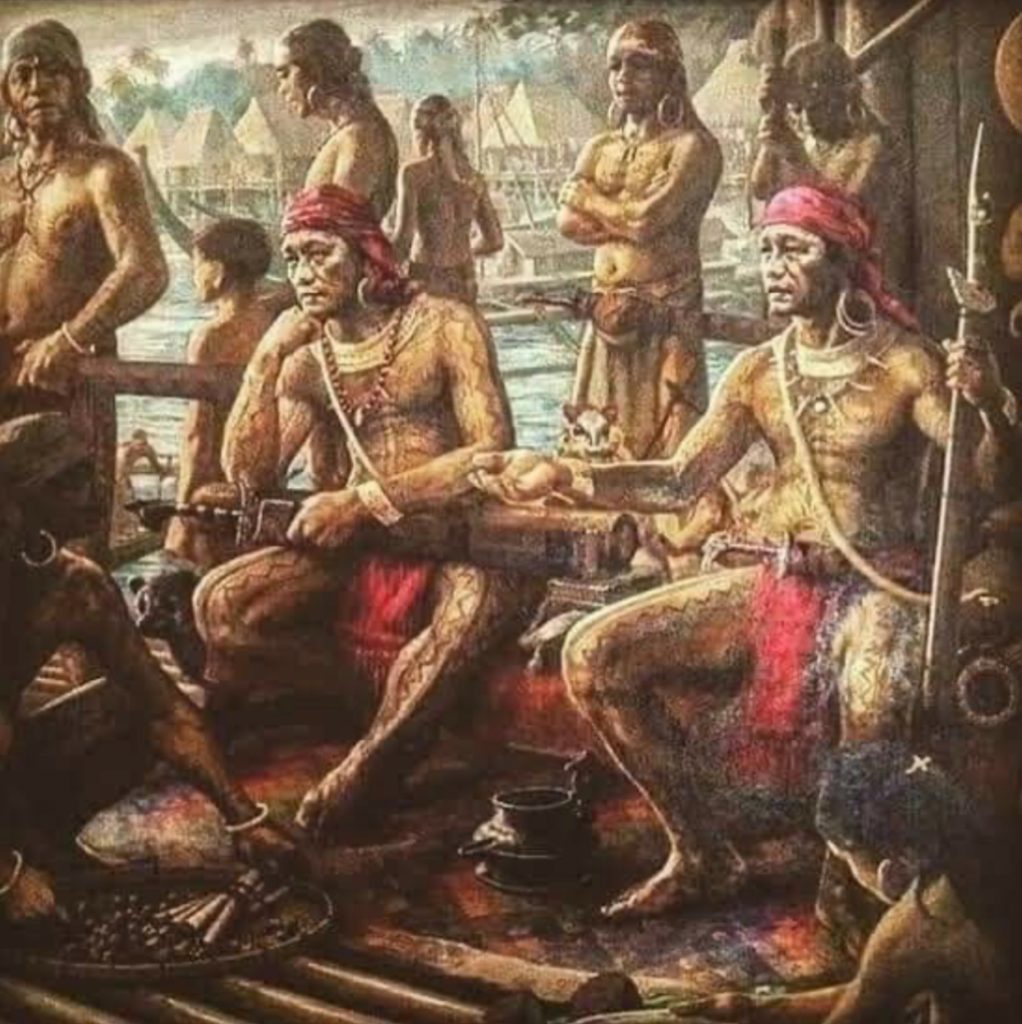Sacred Traditions and Revolutionary Revivals

Filipino tattoos have a rich history, dating back to before the Philippine archipelago were colonized by Spaniards. When the Spanish arrived, they were greeted by the heavily tattooed warrior tribes of the Visayas and they called the islands “La Isla De Los Pintados” which meant the “Islands of the Painted Ones.”
In the pre-Spanish Phillippines, tattoos among tribal groups were seen as a decorated source of accomplishment in battles, rite of passage and ranks. Men bore ink on their chests and heads as signs of their strength as warriors. Women wore detailed lines on their arms and wrists (Visayan and Mindanao tribes) or full chest and arm tattoos (Luzon mountain tribes) and they were seen as marks of beauty. Most tattoos were earned through the passage of rites ceremonies, or for accomplishing tasks. The styles varied depending on the region and tribe that the people came from.
Today, tattoos are experiencing a beautiful cultural revival amongst Filipinos and continue to gain acceptance, with traditional Polynesian themes and striking designs often adorning the collectors.